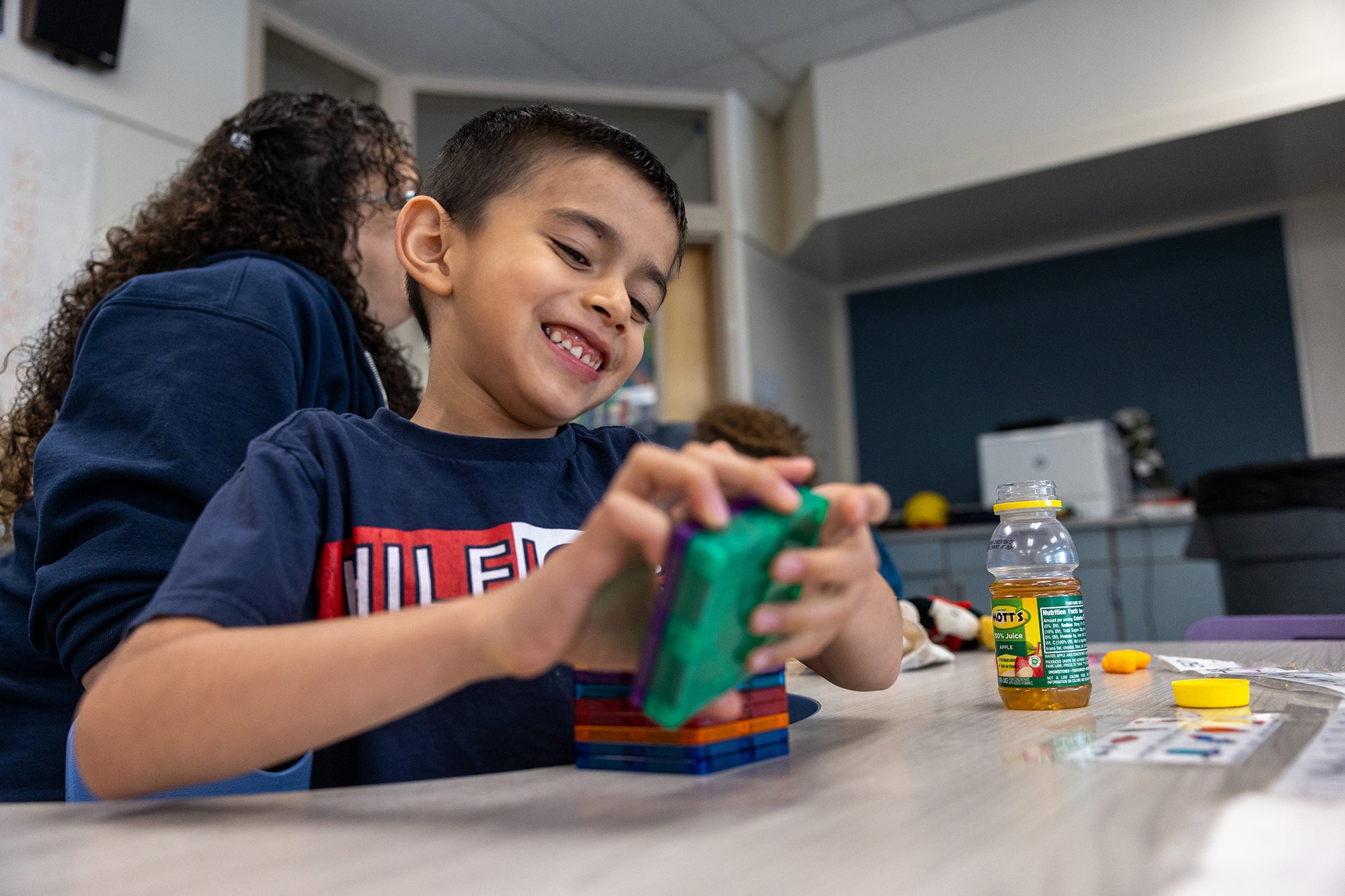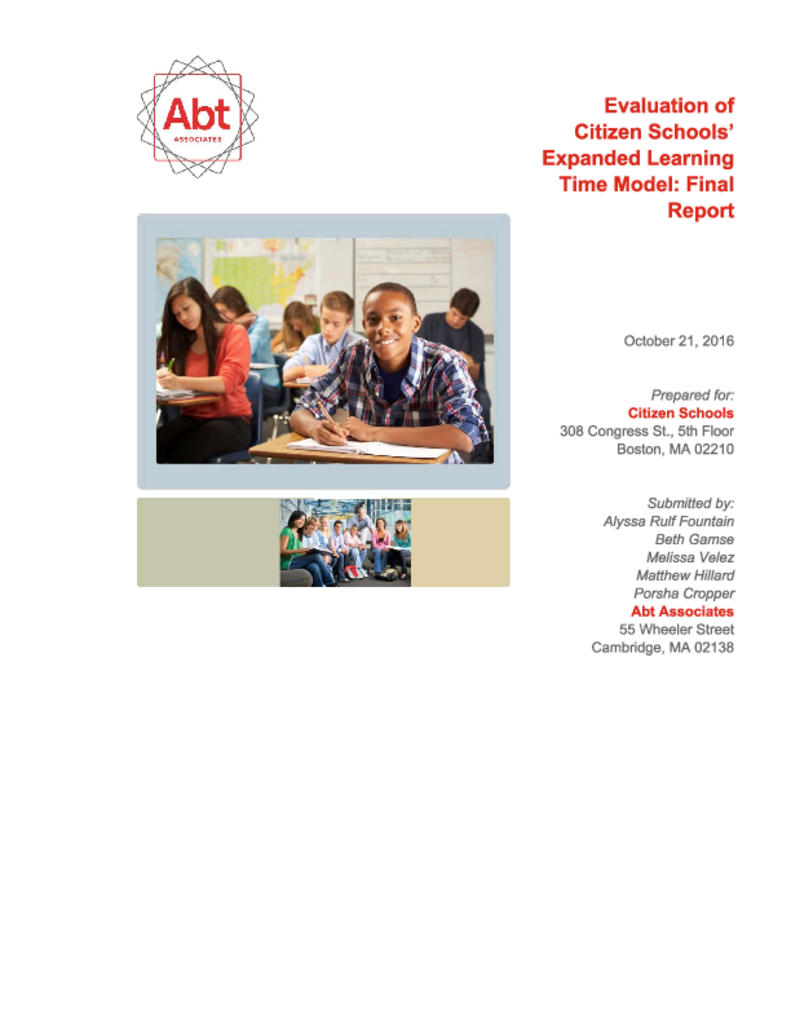
Breadcrumb
- Wallace
- Reports
- Evaluation Of Citizen Schools’ E...
Evaluation of Citizen Schools’ Expanded Learning Time Model
Final Report

Overview
More
Less
Summary
Citizen Schools is a Boston-based expanded-learning program, targeted at middle school students in high-poverty areas, that offers afterschool academic assistance as well as a novel approach to teaching kids about careers. It recruits local professionals, known as “citizen teachers,” who volunteer to work with students on projects that introduce them to fields ranging from journalism to law to robotics. The program also provides homework help and other academic assistance to students, generally carried out by AmeriCorps members, called “teaching fellows.”
This evaluation examines the Citizen Schools National Expanded Learning Time initiative, looking at 35 middle and K-8 schools across seven states that implemented the program for one or more years. The researchers found that most of the Citizen School schools they studied were able to adapt and carry out the organization’s expanded-learning model with a moderate level of fidelity. Their study also includes a number of insights about Citizen Schools’ partnerships with its host schools that may benefit other expanded-learning program providers. Among them:
- Early conversations between school leaders and Citizen Schools helped ensure a smooth launch, and clear communication with teachers and parents helped build support for the expanded-learning effort.
- Partnerships were more successful in schools and districts that were politically and financially committed to the Citizen Schools program.
- Shared data systems and close collaboration between Citizen Schools and partner schools helped ensure consistent expectations and supports for students.
- Building in overlaps between the school-day and afterschool shifts generated greater integration of classroom and afterschool programming.
- School administrators and directors said the teaching fellows brought “enthusiasm and excitement to the program” and “often became positive role models for the students,” but the fellows also often had difficulty effectively managing students’ behavior—an indication that the right kind of training for fellows is essential.

